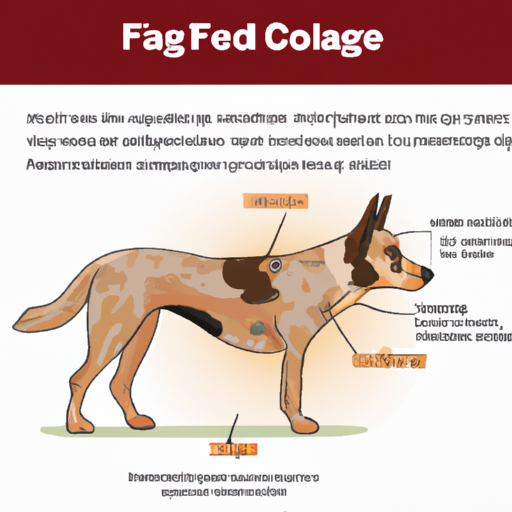If you’re a dog owner, you’re well aware that your four-legged friend can encounter a variety of health issues. One such condition that’s both serious and relatively unknown is Fibrocartilaginous Embolism (FCE), also known as a spinal cord stroke. This condition can affect dogs of all breeds and ages, and understanding it can be crucial to your pet’s health and wellbeing.
Table of Contents
- Understanding FCE
- Causes of FCE in Dogs
- Symptoms and Diagnosis of FCE
- Treatment Options and Prognosis
- Preventive Measures
- FAQs
Key Takeaways
- FCE is a non-progressive, often sudden condition affecting the spinal cord in dogs.
- It is typically caused by a piece of the vertebral disc material entering the blood vessels of the spinal cord.
- The condition can be diagnosed through symptoms and advanced imaging techniques.
- While there’s no specific cure, physical therapy can significantly improve the dog’s condition.
- Regular exercise and a healthy diet can help prevent FCE.
Understanding FCE in Dogs
Fibrocartilaginous Embolism (FCE) is a condition in the spinal cord that is often compared to a stroke. While strokes typically occur in the brain, FCE specifically affects the spinal cord. This happens when a fragment of the intervertebral disc enters the spinal cord’s blood vessels, causing an obstruction in the blood flow, leading to damage in the nervous tissue. It’s non-progressive, which means that it doesn’t get worse over time, but the onset can be sudden and severe.
Causes of FCE in Dogs
The exact cause of FCE is unknown, but it’s generally believed to occur when a piece of the vertebral disc material enters the blood vessels of the spinal cord. It can happen spontaneously during vigorous activity or after a minor injury. Dogs of all breeds and ages can be affected, but it’s more common in large and giant breed dogs. It’s also more prevalent in males than females.
Symptoms and Diagnosis of FCE
The symptoms of FCE can vary depending on the area of the spinal cord affected. These can include sudden pain followed by a loss of coordination, weakness, or even paralysis. In some cases, only one side of the body is affected.
Diagnosing FCE can be challenging due to its sudden onset and the lack of specific tests. Veterinarians typically rely on the dog’s history, clinical signs, and advanced imaging techniques such as MRI or CT scans to confirm the diagnosis. It’s crucial to consult with a vet if you notice any sudden changes in your dog’s behavior or if they appear to be in pain (source).
Treatment Options and Prognosis
As of now, there’s no specific cure for FCE, but there are several treatment options that can help manage the condition and improve the dog’s quality of life. These include pain management, physical therapy, and in some cases, surgery.
Physical therapy is particularly beneficial in helping dogs regain their mobility and strength. It’s often recommended to consult with a certified canine rehabilitation therapist (source) for a tailored exercise plan.
The prognosis for dogs with FCE is generally good, with many dogs showing significant improvement within three weeks to six months. However, it’s important to note that each dog’s recovery is unique and depends on the severity of the condition.
Preventive Measures
While FCE cannot be entirely prevented due to its spontaneous nature, regular exercise and a healthy diet can help maintain overall spinal health. Avoid activities that can cause injury to the spine, and always monitor your dog during playtime.
Frequently Asked Questions
1. What breeds are more susceptible to FCE?
While FCE can affect any breed, it is more common in large and giant breeds such as German Shepherds, Labrador Retrievers, and Bernese Mountain Dogs.
2. Can FCE reoccur in dogs?
FCE is generally a one-time event and does not reoccur. However, it’s important to follow your vet’s advice to prevent any further spinal injuries.
3. How long does recovery from FCE take?
Recovery can vary widely from dog to dog. Some dogs may show significant improvement within a few weeks, while others may take several months. Regular physical therapy can aid in recovery.
In conclusion, while FCE is a serious condition, understanding it can be a significant step towards ensuring your dog’s health and wellbeing. Regular vet check-ups, prompt attention to symptoms, and a healthy lifestyle are key to tackling this condition. For more information on dog health issues, check out this guide or this article on spinal health in dogs.



